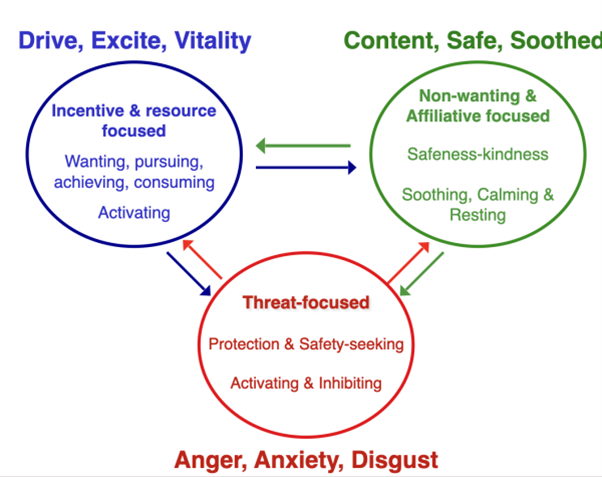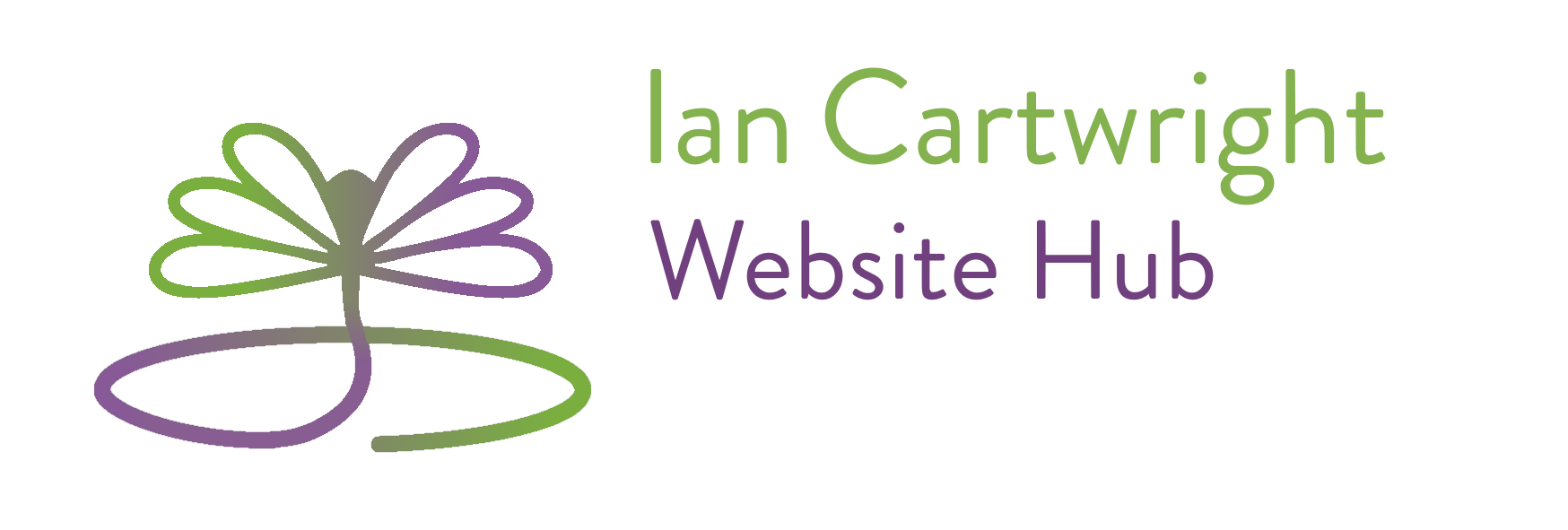The Three System Model – sometimes called the Three Circle Model – is an important part of Compassion Focussed Therapy and can play a helpful role in someone understanding themselves and their emotional lives. It’s something that we spend time introducing in therapy, but also in the self-help use of the Compassionate Mind model.
Scientists have many theories about how many emotion ‘systems’ we have. Some have tried to separate these between ‘positive’ (e.g. excitement, joy) and ‘negative’ (e.g. shame, fear) emotions. This doesn’t mean ‘good’ or ‘bad’, but just how they feel when we experience them. Others have split emotions by their energy, with ‘high’ energy emotions like excitement and fear, and ‘low’ energy emotions like types of sadness, and contentment. And then other psychologists have split emotions by the direction they take us in. So, ‘towards’ emotions like excitement and anger, and ‘away’ emotions like disgust and fear.
In Compassion Focused Therapy we have a different approach to this. Here, we suggest that it’s useful to consider how our emotions can be grouped together based on their function – that is, what they evolved to help us to do.
For example, if you’re threatened in some way you might experience feelings of fear or anxiety. Or maybe, if this threat involves you (or someone you love) being treated unfairly, then it might be anger you experience. In contrast, if you’re achieving things, you might have pleasant emotions such as joy, excitement and happiness. However, we can also have pleasant emotions that are calming and soothing, for example, when we feel safe and cared for.
With the three-system model in CFT, we suggest that evolution has shaped our emotions to have different functions, all of which have been helpful in facilitating our chances for survival and reproduction and ultimately, passing our genes on. In this sense, these emotion systems are fundamentally tied to three important life tasks:
- threat detection/harm avoidance
- acquiring things for our survival (e.g. food, shelter, reproductive opportunities)
- resting and conserving energy
From this perspective, the three emotion systems you’re going to read about below link to each of these tasks. They emerged to facilitate, guide and give energy to each of them
Understanding the Three System Model
Given that it’s referred to as ‘the three circle’ model, it’s probably not surprising that the model has three circles, or systems! Each of these has a colour ascribed to it, as after a while, people use this as a simple way of communicating things. For example, “I’ve been in my red system all week, it’s been so difficult”, or “I’ve been trying my best to get in to my green system, but I’ve found this almost impossible.
So, what are the names of each of the three circles? Well, they are:
1. Threat System, with emotions like anger, fear and disgust, this system evolved in all animals with the function to help us identify and respond to threats in the world. Once activated, this system directs physiology, attention, thinking, behaviour and emotion to reach safety.
2. Drive System, linked to higher energy pleasurable emotions like excitement and joy, which motivate us to move towards resources and goals that might be helpful to us, and leave us feeling good when we achieve them. This system is important in motivating people to get things that are useful to them and others, and is highly rewarding.
3. Soothing System, linked to feelings like contentment, calmness and safeness, which helps us to engage in periods of rest and peacefulness when we are not threatened or trying to achieve things. This system is also associated with giving and receiving care from others.
We show this model visually like this (a copy of this can be downloaded here):
Visual of Three Circle Model

Whilst each of these systems are biologically primed, these are also learning systems. This means that through our lives, our experiences – for example, with other people – shape how these three systems develop. For some people, this might mean that their threat system (for example) is triggered very quickly, or that one part of it (e.g. anger) is primed to respond to potential difficulties in their environment. This isn’t anyone’s fault when this happens, but using the three system model can be a helpful way of supporting people to understand themselves and ultimately, think about how they can get more balance within the three circle model.
Of course, we can have a different balance to the three circles in different parts of our lives. For example, at work, it might be that there’s a lovely balance between threat, drive and soothing, but at home with our partner, they are massively out of balance. Here, it might be threat system is dominant, and the other two are small. It can be useful to get familiar with these different contexts. The more aware we are of their balance and functioning, the more likely we are to do something different, to bring change in a helpful way.
A key part of CFT and Compassionate Mind Training is how to bring change to the three-circle model. If in therapy, this is in part done via a safe, caring and empathetic therapeutic relationship. But CFT also utilising a number of exercises and interventions that can support this, that can change how our three-system model is balanced.
In a simple way, CFT and CMT – and compassion and self-compassion more generally – aims to reduce threat system, build the drive system (in a healthy, sustainable way) and cultivate the soothing system so people feel safer inside themselves and with others.



